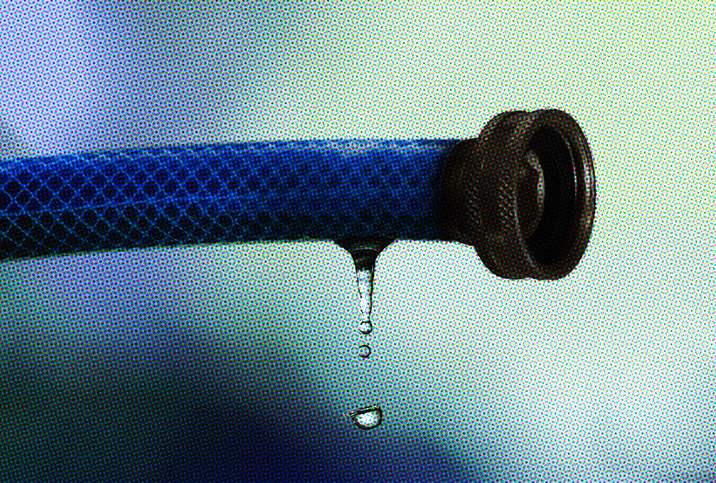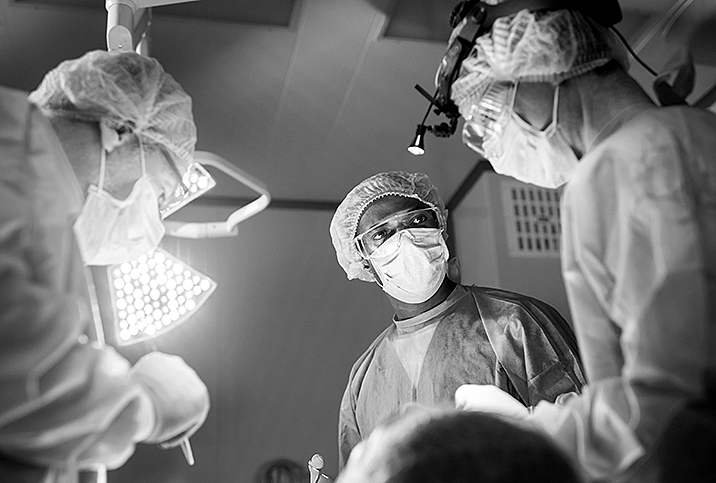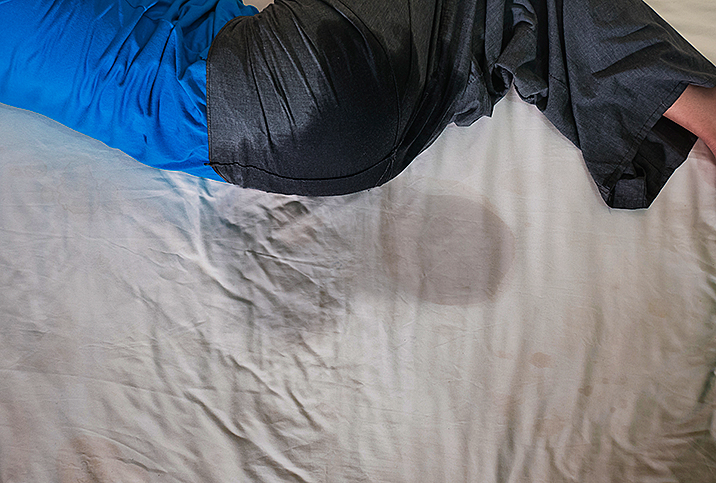Hypospadias: Myths & Misconceptions

When a boy is born with a urethral opening that doesn't develop in its typical place at the tip of the penis—a condition known as hypospadias—the situation can, of course, be distressing for new parents. But they shouldn't let some common misunderstandings about the condition distress them even further.
The urethra is the tube through which both urine and semen are expelled from a man's body, so having a urethra that opens up anywhere besides the usual location can cause complications. With a case of hypospadias, the opening may develop just below the head, farther down along the underside of the shaft, at the base of the penis, or even on the perineum below the scrotum.
Even as common as hypospadias is—it affects about 1 in 200 boys—a lot of misconceptions and misunderstandings exist about what it entails. Let's debunk a few.
Myth: Hypospadias is strictly a genetic condition.
Reality: While there is a strong genetic component to a baby developing hypospadias, the condition has been tied to a few outside risk factors, as well, some of them preventable.
A handful of risk factors that can contribute to its likelihood include:
- Maternal age. Research cited by the Centers for Disease Control (CDC) suggests that males born to mothers who give birth after age 35 are at higher risk of hypospadias.
- Maternal weight. The CDC also reports there may be a link between mothers who are obese and the development of hypospadias.
- Hormones. Certain hormone supplements taken before or during pregnancy have been linked to a higher risk of having a child with hypospadias.
- Fertility treatments. Women who sought assisted reproductive techniques to become pregnant have a higher risk of giving birth to a baby with hypospadias.
- Pesticides and industrial chemicals. More study is definitely needed to make this connection, but evidence suggests exposure to pesticides and other industrial chemicals may contribute to higher hypospadias risk.
Myth: All cases of hypospadias require surgical repair.
Reality: Doctors may recommend against surgery in some cases.
In some hypospadias cases, the urethral opening can be profoundly misplaced—for example, on the perineum beneath the scrotal sac—and clearly makes the child a candidate for repair surgery. However, the opening is frequently located close enough to the typical spot that doctors may recommend against putting the boy through the trauma of surgery.
The boy may have to make some adjustments during his life—learning how to direct his urine stream is one example—and there may be issues with his penis not appearing exactly like those of other boys. Still, the tradeoff often seems to be worth it in terms of avoiding a surgical solution.
Myth: Urinary issues are the only concern if hypospadias is left uncorrected.
Reality: Untreated hypospadias can cause an array of other complications throughout a man's life.
While a primary concern about uncorrected hypospadias is the ability of the boy, and later the man, to direct his stream of urine, other potential complications include:
- Profound downward curvature of the penis, also known as chordee, often requiring a separate surgery.
- Difficulty impregnating a woman due to the placement of the opening where the semen exits the penis.
- Trouble keeping the urethral opening clean.
- The penis having an atypical appearance.
- Having to sit down to urinate.
It's also probably fair to include potential issues with sexual dysfunction, at least peripherally. A host of psychological and emotional issues track along with having genital abnormalities, some of which include erectile dysfunction (ED) and other sexual dysfunctions.
While it can be an upsetting and complicated congenital disorder for parents of a newborn to deal with, hypospadias is common enough that surgical techniques and approaches are highly refined. There's no reason why a child with hypospadias cannot live a happy, more or less typical life, as long as his parents have all the facts and all the options before them.


















